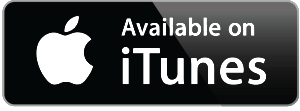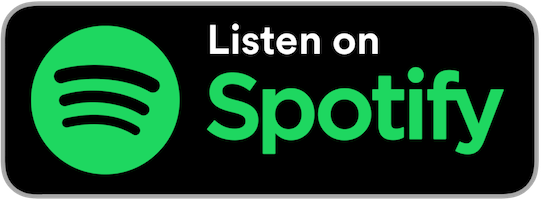
Redemption: My Community Management Career Mistakes (and How To Avoid Them)
Over the course of my career I have indulged in a rich collection of corkers of mistakes. Like the rest of you ‘orrible lot, I am human, and indeed, to err is to be human.
Mistakes are one thing, but what I think is especially important in the interests of blind-faced redemption is to be able to look back on these mistakes, understand what lessons can be learned, and to learn about the overall journey through your life and career.
So, in the interests of said redemption and sharing, I decided to put together a collection of seven notable mistakes I have experienced in my life. They include:
- The Danger of Ego – how ego can sometimes spiral out of control, especially when you are thrust into the limelight for the first time.
- The Risks of Shipping Merch – we all love merch, right? Of course we do. The challenge though comes with shipping, and more importantly, making sure it gets there. I discovered this the hard way at XPRIZE, as you will find out.
- Not Focusing on Metrics – earlier in my career I was not focused enough on measuring my work and that of my team. Why? Fear. This was a huge mistake: if we don’t measure it, we don’t improve it.
- Novel vs. Short Story Authors – ooh, this is a juicy one. I completely screwed up a huge keynote opportunity in front of all my peers. The mistake? Misunderstand the role of being able to craft content for different formats and lengths. This is critical, especially in today’s enormously content-rich environment.
- The Feature Suggestion Snafu – many communities have been tempted by the idea of letting your community members suggest product features. Be careful though: it can result in a mishmash of unmet expectations and problems the size of a small city that are difficult to ever fix. Ooof, this one sucked.
- The Danger Of Leaderboards – huh? Leaderboards? They seem simple enough surely, Bacon? Well, under the covers there are significant challenges with meritocracy, equality, and the visibility of your broader tent of users. Be sure to tread carefully here.
- Knowledge vs. Anxiety – possibly the most critical of these lessons was the role of balancing a thirst for growth with the fear of failure due to anxiety. This came bounding into view shortly before I hung my shingle and started my own business.
So, for each of these, I decided to look back on what happened, why it happened, and share some key lessons that I think will be useful to you lovely people.
This is a very personal story, and at times a little embarrassing to share, so go easy on me. 🙂
Check out the video here (and be sure to share your thoughts, feedback, and your own mistakes in the video comments):

Linux Foundation Public Health Launched to Help Fight COVID-19
The Linux Foundation are well known in the open source community.
Aside from the enormous growth of Linux, the Linux Foundation has fostered innovation across a broad of different industries including the cloud (Cloud Native Computing Foundation), motion picture arts (Academy Software Foundation), energy (LF Energy), blockchain (Hyperledger), automative (Automotive Grade Linux), community analytics (CHAOSS), and many others.
Given this history, I am both thrilled and not terribly surprised that the Linux Foundation has wanted to wade into the global fight against COVID-19. Back in April they helped support displaced developer interns with a mentorship program, but today’s announcement goes a step further.
Today they launched a new initiative to use open source to help public health authorities (PHAs) around the world with the fight with COVID-19 and future epidemics.
Rather snappily named Linux Foundation Public Health, the project is currently focused on two hosted exposure projects:
- COVID Shield was developed by an engineering and design team at Shopify as a volunteer effort to combat COVID-19. It provides a notification system built on top of the exposure notification APIs that Google and Apple have developed to support COVID contact tracing. Canada is deploying COVID Shield nationwide with an implementation by the Canadian Digital Service and several US States are exploring the technology too.
- COVID Green is the code that has been driving Ireland’s contact tracing, and was developed by a team at NearForm. Since being deployed in Ireland two weeks ago has achieved a rather impressive adoption of over 1/3rd of the country’s adults.
Given the continuing rise of cases in the US and elsewhere, these and other technologies are going to be critical to understanding and managing the epidemic.
I am thrilled to see organizations coming together to collaborate on this, and just like any other Linux Foundation project, there are a series of commercial premier sponsors. This currently includes Cisco, doc.ai, Geometer, IBM, NearForm, Tencent, and VMware, and I suspect others will sign on too.
My Take
I am really excited about Linux Foundation Public Health for a number of reasons.
Firstly, open source is an incredible model for pull together large groups of engineers and contributors from different companies, countries, and areas of expertise to work on a common problem. The Internet is littered with examples of this, and especially with the global pandemic. Just take a look the John Hopkins University work and New York Times case tracking, the Folding@Home processing work, and Nextstrain’s real-time pathogen tracking, as just a few examples.
Building open source is complex though. It requires a careful mixture of open workflow, infrastructure, governance, and more. This can often overwhelm individual companies, and I credit the Linux Foundation for much of the reason why so many large companies in very different industries have been able to understand and invest in collaborative open source projects.
Of course, our broader open source community has been successful due to the many contributions of many people and organizations, but the Linux Foundation helped to frame the somewhat wild west of open source into a model that the commercial world could understand. This was and continues to be a hard nut to crack, especially with large, entrenched, and very traditional companies flirting with the idea of “this open source thing.”
Secondly, and on a related note, building these projects to help conquer COVID-19 isn’t just about building code. It will require fostering relationships with government agencies and universities, coordinating testing programs, working with scientists and organizations to understand and share the results, and more.
Often the hardest element of building open source is getting it deployed into the hands of your audience, and this is especially complex for these kinds of specialized yet broad-market projects. I think the LFPH will provide a place to consolidate key resources, expertise, and other ingredients needed for success.
Thirdly, Dan Kohn is the General Manager at LFPH. Now, for those of you who don’t know Dan, he ran the Cloud Native Computing Foundation until Priyanka Sharma recently stepped into the General Manager role.
Now, the success of the CNCF is well documented in the open source cloud industry. I credit a significant portion of this success to Dan: the guy is an absolute machine. He is able to build incredibly comprehensive workflow and processes to pull different members, developers, and contributors together and he can balance an astonishing level of data and detail in how he does this work. This new healthcare project will really benefit from Dan’s involvement.
So, overall, I am pretty excited for this new initiative. We need all hands on deck with COVID-19 and I am thrilled to see the Linux Foundation doing what they do to help with the effort.
So, get out there, write some code, wear a mask, and keep washing your hands. As we have seen countless times elsewhere in open source, we are more powerful together.
Oh, and just you skipped over it, wear a mask. Please, folks, wear a bloody mask. It isn’t rocket science. 🙂

Alyssa Miller From Snyk on the State of Open Source Security
Open Source has seen enormous growth in recent years, and this has shone the light on the security of the many different components in open source systems such as NPM, Linux, Kubernetes, Docker, and Debian. How do we ensure that the rapidly growing library of open source, which is often bundled into stacks, is safe and secure?
To better understand this, Snyk recently published their State Of Open Source Security Report which provides some incredible insight into the recent trends and patterns in open source security.
I read the report and had approximately one billion questions, so I was thrilled to bring Alyssa Miller, Application Security Advocate at Snyk, to come on Conversations With Bacon to talk through some of these questions.
If you are interested in open source, the changing trends and patterns in security, and how we continue to build a safe and secure open source ecosystem, you should definitely give this show a listen.
Communities are changing the way we do business. Discover a concrete framework for building powerful, productive communities and integrating them into your business. My new book, ‘People Powered: How communities can supercharge your business, brand, and teams’, is out now, available in Audible, Hardcover, and Kindle formats. Be sure to check it out, and grab the People Powered Plus pack with free templates, bonus content, and over $2000 of special offers.
Thank you to Marius Quabeck and NerdZoom Media for mixing the show!
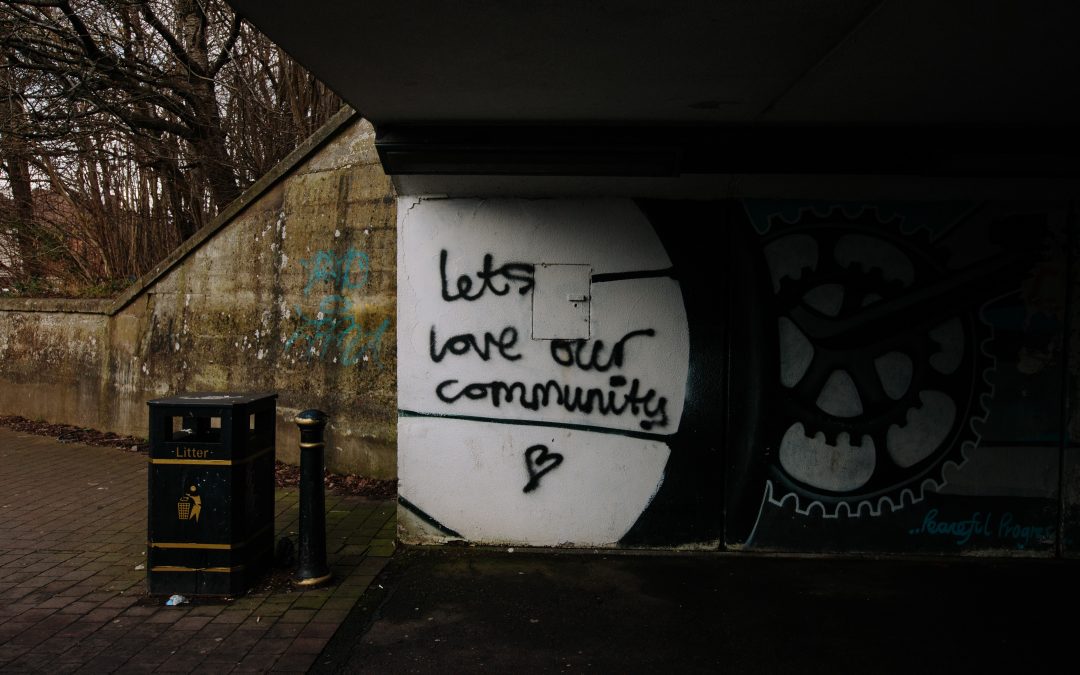
Your Webinar Landing Page is Probably Broken. Let’s Fix It.
How many times have announced a new webinar and after a few weeks the number of sign-ups is a little “meh”?
You can do all the advertising in the world but ultimately you will send them to the landing page to sign up.
Here’s the rub: many of these landing pages are poorly written and as such, they convert poorly – lots of viewers but not many registrations. Ugh.
So, let’s fix that landing page, and that’s what I wanted to share here.
So, to illustrate how you should build your landing page, I’d like to share the stats and landing page from a session I previously ran.
In this example, the webinar was all about “Getting Your Dream Community Job”. I put together a solid 1-hour session packed with content and eventually achieved a pretty decent 30% signup rate from my landing page, thus converting decently. In addition to this conversion rate, 43% of the people who signed up actually showed up. This is pretty rocking given that 30% is generally the industry standard. Also, the webinar netted five star reviews for everyone who submitted a review.
The landing page played a huge role in this.
Now, webinars are generally “top of funnel” events. That is, generally people are flirting with the topic and still figuring out the problem. As such, you can’t assume too much: you need to double-down on explaining the value you are going to deliver, the pain you are going to alleviate, and how it will positively impact their lives.
So, you promote the webinar on social and elsewhere, and they land on your page. Great!
The first thing they should see is a welcome video. Here was mine:
For the morbidly curious, you can watch the video here.
Videos give them a sense of you, your personality, and the value of the session. You don’t need a pro setup: a cell-phone and a decent mic is all you need (great sound is much more important than great camera quality). This should be less than two minutes long.
Now, not everyone will watch it, but it is an efficient way to download the core benefits of the session to them quickly,
Here is what I include in the video:
- Step 1: Ask a question. I usually say something like “Are you ___, but _(major pain point)_?” The point of this is to make sure they’re a good fit to join your session.
- Step 2: Let them know exactly who this webinar is for. In my case, this was designed for people who either want to work as professional community managers or already do and want to get a new job.
- Step 3: Lock in credibility. Who are you? And why should they listen? Answer these questions while sounding genuine, not cocky. No-one wants to see you posing in front of a Lamborghini – people who do that are pathetic.
- Step 4: Introduce the free webinar. Dig into what the session is and what is involved. They probably already know they’re a good fit by now, but why should they stay?
- Step 5: Discuss the “menu” of the webinar. Here’s where you talk about what you’ll be teaching in the webinar. Think hard skills, the meat and potatoes of the whole process.
- Step 6: Introduce your bonuses. Is the webinar live with Q&A? That’s a bonus value. Are you offering any templates or freebies for them to download? That’s a bonus. Let them know! They should be feeling the excitement by now.
- Step 7: Talk value! (Remind them this is free!) What will this do for their life? “This will give you the edge in your career, and be a great investment of your time” was my main point in this webinar. Paint them an attractive but accurate picture of how this will make their life better.
- Step 8: Mention limited space (if applicable, but don’t lie!) I often close off webinars at around 100 attendees as it provides a more intimate setting. This also adds a scarcity element which increases the value of the session Be honest though: don’t lie about artificial scarcity – it kills trust.
OK, now the viewer will scroll through the rest of the page, whether or not they watched the video.
So, now we need to provide the landing page copy.
Here’s how I wrote mine:
Step 1: Start with a great headline in question form.
I like questions as headlines: they hopefully align more closely with what your audience is asking themselves. It is also a quick way to ensure you are matching the webinar content with the ideal audience – if the question doesn’t capture them, they are probably not the right fit.
This question is critical: split test it, experiment and see how your sign-ups change.
Step 2: Paragraph of text that leads to the conclusion that this webinar is for them (if it is.)
For the first few paragraphs, you need to set the stage for the session. Here was mine:
In this section:
- Ask a lot of qualifying questions, such as “are you XYZ?” – this build a connection between your audience and you and your content.
- Show that there is a real-world use for the specific skill you’re teaching. Here I am outlining the market demand for community, and the growing need for staff.
- Introduce the painpoint! This is simple in this context: getting a new job is super stressful for people and I want my session to help relieve much of that stress.
- Introduce the solution – your webinar, obviously! 🙂
By this point, they’ll be asking “Okay, so what’s in this stupid webinar?”
We continue…
Here you elaborate on exactly what you’ll be teaching them in the webinar. Always try to feature at least three levels of value:
- The “meat n potatoes” content, AKA the core skill that they came here to learn.
- The bonus materials. In my case, this was a resume template, a downloadable guide, etc.
- The extra-bonuses. I plugged a giveaway of my book, People Powered, as well as some free chapters. The “extra bonuses” might be less relevant than the rest, however it’s free and makes the session as valuable and worthwhile as possible. Think of this as the cherry on top.
This all starts looking really great to them; that’s when you remind them that it’s all FREE. They already knew this, but you want to remind them so they can see just how valuable this will be.
Here’s the catch though: some people may skip or skim through this copy.
That’s why we make it even easier for them to know what they’re getting, by again summarizing the deliverables in a more visual way.
So next, you need to summarize the “meat and potatoes” section with bullet points. Ideally you format this a little differently to stand out.
Here’s mine:
All these skills are directly related to the actual content I cover in the webinar session.
Then, include a more visual format of the bonuses! (and the extra-bonuses.)
Finally, after all that, include a giveaway to seal the deal. This proves that they stand to actually win something, and for nothing more than their attendance in the webinar. It also encourages them to stay to the end.
Here is what I was giving away:
If you’ve done all of this, you’ve officially built an amazing landing page. Hooray! This should help a lot with conversions.
However, there is something else you should know.
Many “gurus” and internet marketing dorks come this far but then the webinar is a flop.
Why?
Because they don’t deliver on what they promised.
They’ll often spend the whole webinar hyping the “concept” or “idea” of the skill they promised on their landing page, without actually teaching the skill itself in the webinar. Then, when attendees are excited, they sell them a product such as a book, course, or seminar.
I don’t like this. It is deceptive. You need to be the oppose: pack as much content into your webinar as possible. Make it undeniably valuable. There is nothing wrong wit selling something, but you have to deliver amazing value.
The true testament of this is your webinar stats. Did they stay to the end?
Here was my stats for the first time I ran this session:
As you can see, my attendees in this case stayed for almost the entire webinar.
When you don’t deliver on your promised value (like the slimy gurus,) you will probably have a lot lower attendance in the webinar, which defeats the whole purpose!
Don’t be that person. Just know, the more value you offer, the happier people will be, and the more they’ll be willing to work with you again.
Good luck, I believe in you! Go build a great webinar and landing page. As usual, give me a yell if I can help with anything. 🙂

Bitesize: Zach Abbott From ZBiotics Explains How He Used Crowdfunding
Zach Abbott from ZBiotics explains how he used crowdfunding to street test the value of his product, the branding, and how he described its use.
Listen to the full episode here.
Communities are changing the way we do business. Discover a concrete framework for building powerful, productive communities and integrating them into your business. My new book, ‘People Powered: How communities can supercharge your business, brand, and teams’, is out now, available in Audible, Hardcover, and Kindle formats. Be sure to check it out!
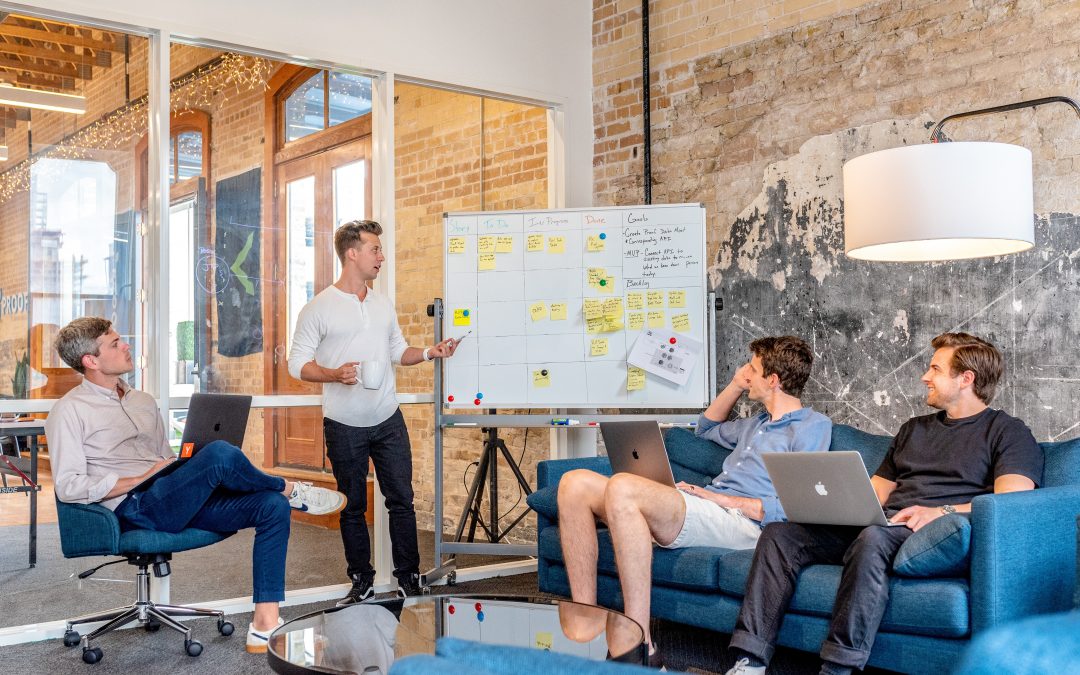
How To Do Open Core Well | 6 Recommendations
Open Core is an open source business model that has been growing in popularity in recent years. In Open Core there is (1) an open source project, and (2) one or more commercial products that sit on top of or extend that project.
Open Core provides the benefits of building and delivering open source, while also being able to create products and services that generate revenue for the company. The theory being, they can then continue to invest in the project, creating value for everyone: open source users and customer alike.
Sounds logical, right? Well, many businesses, including GitLab, Mattermost, Hashicorp, and others are indeed using the model successfully.
Here’s the rub though: Open Core has been a rather controversial model for some folks in our broader community. I don’t think though that this because the model is fundamentally flawed, it is because many businesses are simply not doing it right.
Why?
Because Open Core is not a technology problem, it is a culture problem.
The best Open Core businesses have been able bridge and connect together the very different cultures of open source and business, and companies such as GitLab and Hashicorp are great examples of this.
OK, then, how do you do this?
Well, I created a video that digs into this in detail. In it I cover the six core areas businesses who are using an Open Core model should focus on:
- Does the market and industry want your project and products? (remember, Open Source won’t save a subpar product)
- Who are your target audience?
- Do you have open, accessible, project infrastructure?
- What is the relationship between the community and the company?
- Are you building strong, dependable trust and relationships?
- Do you have open, accessible, inclusive leadership?
With each area I dig into a series of practical recommendations that I have learned from working with a broad range of open source and Open Core organizations for how to do this well. There is an enormous amount of nuance in this topic, and I tried to unpack as much of this as I could in this video in very practical and applicable terms.
Here is the video:
I would love to hear your thoughts: be sure to share them in the comments on the video!

Bitesize: Jen Wike Huger and Jason Hibbets from opensource.com on Data and Analytics
Jen Wike Huger and Jason Hibbets from opensource.com explains how they review their data and analytics to see how things are performing.
Listen to the full episode here.
Communities are changing the way we do business. Discover a concrete framework for building powerful, productive communities and integrating them into your business. My new book, ‘People Powered: How communities can supercharge your business, brand, and teams’, is out now, available in Audible, Hardcover, and Kindle formats. Be sure to check it out!

David Siegel, CEO of Meetup, on the Future of Events and Communities
Unless you have been living under a rock, you are probably familiar with Meetup. They have become the epicenter of how people organize local and online gatherings and have become a fixture for many people and organizations.
David Siegel, CEO of Meetup, comes on Conversations With Bacon to dig into a broad range of topics. We discuss how the company has changed, where the future of communities is, the impact of COVID-19 on getting people together, his approach to leadership and growth, and much more.
This is a really fun and engaging conversation, in large part due to David’s authenticity and openness. There is no carefully crafted PR speak here: this is a genuine, frank, and open conversation, which makes for really compelling listening…and learning.
Communities are changing the way we do business. Discover a concrete framework for building powerful, productive communities and integrating them into your business. My new book, ‘People Powered: How communities can supercharge your business, brand, and teams’, is out now, available in Audible, Hardcover, and Kindle formats. Be sure to check it out, and grab the People Powered Plus pack with free templates, bonus content, and over $2000 of special offers.
Thank you to Marius Quabeck and NerdZoom Media for mixing the show!
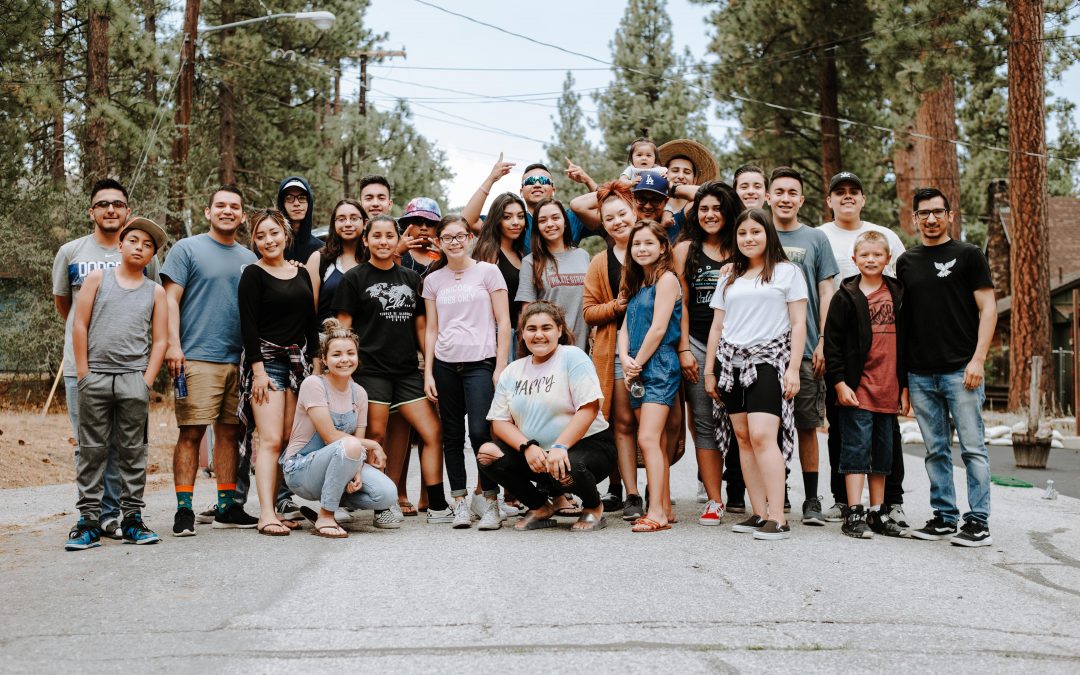
Bitesize: Jason Warner from GitHub gives his recommendations for getting started in the tech industry
Jason Warner, CTO of GitHub, talks about how he would recommend to get started in the tech industry.
Listen to the full episode here.
Communities are changing the way we do business. Discover a concrete framework for building powerful, productive communities and integrating them into your business. My new book, ‘People Powered: How communities can supercharge your business, brand, and teams’, is out now, available in Audible, Hardcover, and Kindle formats. Be sure to check it out!

Miller Abel from The Gates Foundation on Building Financial Inclusion With Technology
Millions of people around the world have limited access to reliable, secure financial tools. This creates a vicious circle that keeps many people in poverty when they are faced with limitations in how they store, transfer, and send money. Unfortunately, this also disproportionately impacts women and can dramatically impact the ability for regional innovation and building businesses.
To help resolve this, The Bill and Melinda Gates Foundation have been investing in building a series of projects to make financial inclusion a reality. One such project is Mojaloop, an Open Source platform for enabling secure and dependable financial transactions.
I am thrilled to bring Miller Abel, Deputy Director and Principal Technologist at the Bill & Melinda Gates Foundation on to Conversations With Bacon to talk about their approach to cracking the challenge of building financial inclusion. Miller has been fundamentally involved in the architecture, funding, and development of Mojaloop, and he shares the fascinating story of how they understood and delivered a pragmatic platform to make a difference.
Communities are changing the way we do business. Discover a concrete framework for building powerful, productive communities and integrating them into your business. My new book, ‘People Powered: How communities can supercharge your business, brand, and teams’, is out now, available in Audible, Hardcover, and Kindle formats. Be sure to check it out!

